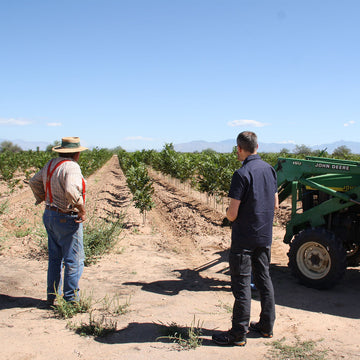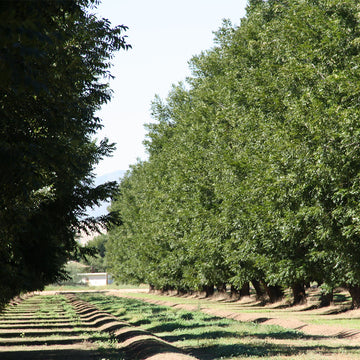Robust seeds ensure that future generations can thrive even in the harshest environments. The pecan tree employs a clever system to make this happen: it produces both male and female flowers, but they bloom at different times, ensuring a diverse gene pool. To achieve pollination, at least two trees must be planted near each other. The tree doesn't rely on insects, as its pollen is spread by the wind.
A Culinary Family Reunion
Botanically, the pecan belongs to the walnut family, which is why these nuts are often pitted against each other. It's no surprise, given that they look like they’re carved from the same wood and hit similar notes in terms of flavor: a similar composition of aromatic compounds, a comparable fatty acid profile, and an almost identical texture clearly mark them as cousins. However, while walnuts leave a slightly bitter, nutty taste, pecans offer a milder sweetness that can even develop caramel-vanilla notes when roasted. In contrast, walnuts maintain their robust, earthy flavor even after roasting.




